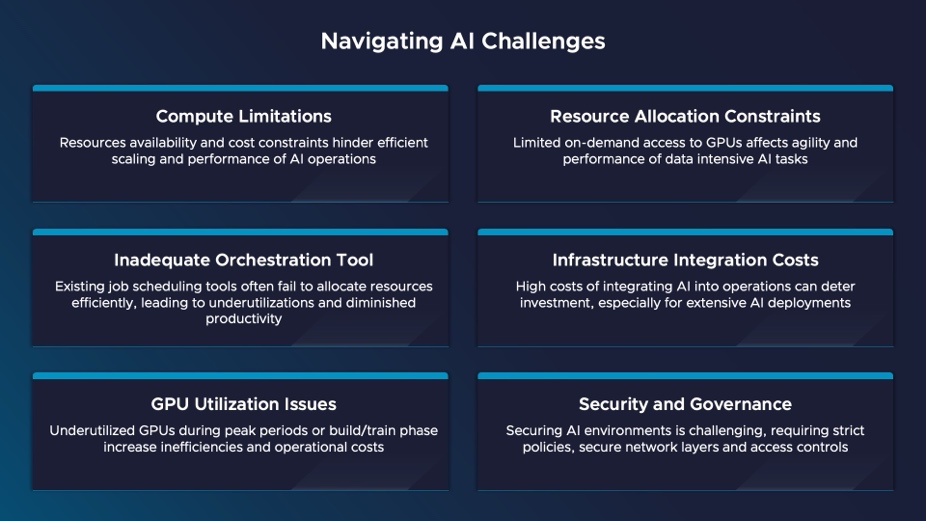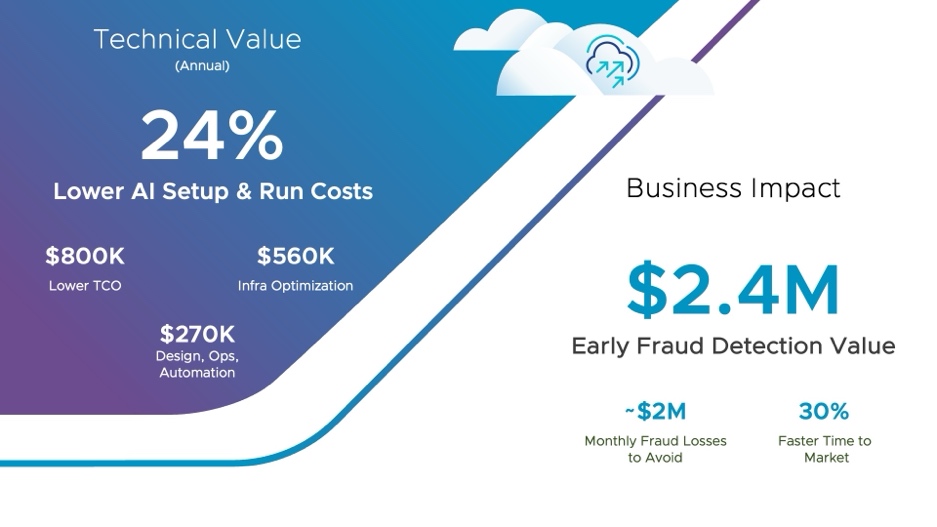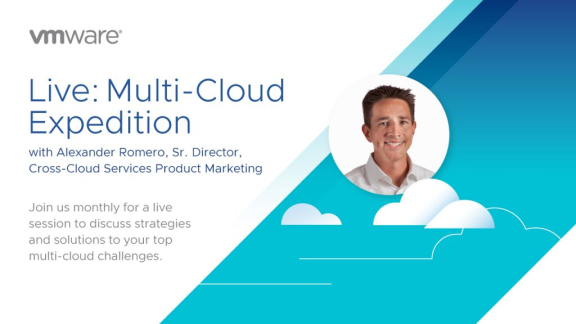As the global economy braces for further challenges, the field of artificial intelligence (AI) has been rapidly evolving and expanding, driving significant advancements across various sectors. According to Deloitte [1], economists project that AI-related investments could reach $200 billion globally by 2025, significantly boosting overall IT spending
The Boston Consulting Group [2] emphasizes the critical importance of AI, specifically generative AI integrated with machine learning, for future industry leadership, with McKinsey Global Institute’s [3] latest research also projecting an annual increase of $4.4 trillion annually in value across the 63 use cases it analysed.
As businesses navigate the uncertain economic waters of 2024, embracing AI and its capabilities will be crucial for those aiming to not only survive but thrive in the evolving market landscape.
AI/ML Adoption Barriers: Key Hurdles to Overcome
Despite AI’s transformative potential, adoption of AI and ML technologies faces significant challenges. Measuring and demonstrating ROI is problematic, complicating strategic alignment. Poorly formulated strategies disrupt the alignment of AI/ML initiatives with business objectives. Legacy technology constraints, technical infrastructure deficiencies, and data security concerns further hinder deployment and scaling, underscoring the need for a coherent approach.
Research shows that IT infrastructure issues critically impact the success and cost-efficiency of AI initiatives. A survey by AIIA and FuriosaAI [4] found that 96% of companies plan to expand AI compute capacity, highlighting infrastructure concerns like compute availability, cost, and scaling systems. Many AI/ML initiatives fail due to a lack of expertise, production-ready data, and in-efficient integrated development environments, often linked to IT infrastructure shortcomings.
These insights emphasize the need for organizations to invest in robust AI-ready infrastructure and skilled teams to overcome these barriers and fully realize their AI initiatives’ potential.
Navigating AI Challenges in Infrastructure, Orchestration, and Security
According to OpenAI [5], the progression of artificial intelligence is propelled by three primary factors: algorithmic innovation, data accessibility (including both supervised data and interactive environments), and the computational power available for model training. While algorithmic innovation and data usage present tracking challenges, computational resources are notably measurable, offering a unique lens to gauge one of the critical inputs influencing AI advancements.

A robust and scalable infrastructure that securely optimizes resource allocation and utilization is vital for successful AI initiatives, ensuring more efficient AI development and training processes, ultimately boosting performance and productivity.
Enhancing AI Success and Business Value with VMware Cloud Foundation Private AI
VMware Cloud Foundation (VCF) Private AI [6] is specifically designed to address various AI adoption challenges by providing a robust, integrated solution that enhances AI infrastructure in several keyways:

By addressing these aspects, VCF Private AI mitigates common AI adoption barriers and empowers organizations to leverage AI more effectively, enhancing innovation and competitive edge.
To provide a mock-up illustration of the costs associated with building, training, and deploying an AI model, and to explore how VCF Private AI can optimize these processes, let’s take a hypothetical example.
A large global Bank plans to develop and deploy an advanced AI-powered fraud detection system. This system uses Machine Learning & Gen AI algorithms to analyse transaction patterns and flag potentially fraudulent activities in real-time. The quicker this system is developed and deployed, the sooner the Bank can reduce losses due to fraud, thus directly impacting its revenue positively.

As-Is Initial Setup and Costs Specific to Banking Fraud Detection AI Use Case
- Capital Expenditure (CapEx) – Infrastructure Setup
- Servers: 25 high-end servers at $25,000 each = $625,000
- GPUs: 50 NVIDIA Tesla GPUs at $30,000 each = $1,500,000
- Storage: 500 TB at $100 per TB per month = $600,000 (annually)
- Networking: Initial networking hardware and setup (switches, routers, firewalls) = $60,000
- Operational Expenditure (OpEx):
- Software and Licensing
- AI/ML platform licenses: $50,000 per year
- Development tools: $20,000 per year
- Power and Cooling:
- Power and cooling: $4,000 per host = $100,000 per year
- Infra Administration, Operations, Maintenance and Lifecycle Management
- Ops staff for admin & lifecycle management: $100,000 per FTE = $400,000 per year
- Training Data Preparation and Model Training:
- Data services management & operations: 1200 hours at $50 per hour = $60,000
- Initial model training: Using existing GPUs – costs related to environment setup, configuration, orchestration: 500 hours at $50 per hour = $25,000
- Model Fine-Tuning and Re-training (every quarter):
- Quarterly fine-Tuning: Using existing GPUs – environment setup, configuration, orchestration: 100 hours per quarter = $20,000 per year
- Deployment to Production/Endpoints (Prod environment configuration):
- Deployment Costs: 200 hours, 4 times a year = $40,000
- Software and Licensing
Total Initial Year Infra Related Cost:
CapEx: $2,785,000
Opex: $715,000
Total: $3,500,000
Cost and Efficiency Optimization with VMware VCF Private AI [8][9][10][11]
VCF Private AI integrates compute, networking, and storage into a unified platform that optimizes the use of resources, enhances security, and simplifies operations through automation.
- Infrastructure Optimization:
- Higher GPU Utilization: GPU idle time is minimized, potentially reducing the number of CPUs, GPUs required by 20%.
- Cost Reduction: 8 GPUs and 5 Hosts less = $365,000 saved on compute capex
- Integrated Storage and Networking:
- Reduced Storage Costs: Integrated, express storage, potentially reducing raw storage costs by 30%.
- Cost Reduction: 30% of $600,000 annual storage costs = $180,000 saved annually.
- Networking Efficiencies: Integrated network virtualization, simplified network management reduces both initial setup and ongoing maintenance costs by 25%.
- Cost Reduction: 25% of $60,000 total networking costs (initial and operational) = $15,000 saved annually
- Reduced Storage Costs: Integrated, express storage, potentially reducing raw storage costs by 30%.
- Tailored Design, Automation, Lifecycle Management, Troubleshooting:
- Policy based automation: Decreases IT staff manual effort by 50%.
- Cost Reduction: $200,000 saved annually on operations and service management effort.
- Policy based automation: Decreases IT staff manual effort by 50%.
- Data Centre Efficiency:
- Power and Cooling Efficiency: Improved infra resources utilization reduces power consumption by 20%.
- Cost Reduction: $20,000 saved annually on power and cooling.
- Faster Data Management:
- Automated Data Services Management: Reduces the complexity required to deploy and manage data services at scale.
- Cost Reduction: 300 hours saved on deploying and managing data services = $15,000 saved annually.
- Model Training, Re-training & Fine Tuning:
- Optimize iterative model training and fine-tuning effort with setup wizard, AI ready pre-built templates to quickly build standardized training environments.
- 30% of 900 hours of training time saved = $14,000 saved annually
- Optimize iterative model training and fine-tuning effort with setup wizard, AI ready pre-built templates to quickly build standardized training environments.
- Continuous Integration and Deployment of Production Models
- Lower Deployment Costs: Automation and streamlined processes reduce deployment time & costs by 50%.
- Cost Reduction: $20,000 saved annually.
- Lower Deployment Costs: Automation and streamlined processes reduce deployment time & costs by 50%.
Summary of Savings with VCF Private AI
Total Initial Year Cost Savings:
- Capex Infrastructure, Integrated Storage & Networking Savings: $560,000
- Operational Savings: $200,000 (Ops staffing) + $20,000 (DC power and cooling) + $35,000 (Data management, model deployment) + $14,000 (Model training, fine tuning) = $269,000 annually
Total Optimizations worth $830,00 (24%) annually for a single AI use case
These savings will scale further as the scope of AI initiatives and use cases increase in the organization.
Business Impact Due to Accelerated Time To Value
- As Is Cost Analysis:
- Development Time: Estimated 6 months for end-to-end development and deployment without advanced integrated tools.
- Fraud Losses During Development: Assuming average monthly fraud loss of $2,000,000 [13], the total loss while the system is under development would be $12,000,000 over 6 months.
- Cost and Reduced AI Deployment Timelines with VCF Private AI:
- Reduced Development Time: With the integrated compute, networking, storage, and operations automation provided by VMware VCF Private AI, development time is reduced by 30%.
- New Development Time: 4.2 months (30% faster)
- Reduced Development Time: With the integrated compute, networking, storage, and operations automation provided by VMware VCF Private AI, development time is reduced by 30%.
- Revenue Impact Due to Speed to Market:
- Reduced Fraud Losses Due to Faster Deployment (30% Faster): Reducing the development time by 1.2 months can significantly decrease the period during which the Bank and its customers are exposed to higher fraud risks.
Fraud Loss Savings: 1.2 months x $2,000,000/month = $2,400,000 saved due to earlier AI enabled fraud detection capabilities.
This scenario illustrates how an integrated advanced AI infrastructure technology like VCF Private AI can transform a critical banking operation, yielding substantial economic benefits through enhanced speed to market of innovative solutions.
References:
- Deloitte. (2024). 2024 technology industry outlook. Retrieved From https://www.deloitte.com/cbc/en/Industries/tmt/analysis/technology-industry-outlook.html
- Boston Consulting Group. (2024). Generative AI. Retrieved from https://www.bcg.com/capabilities/artificial-intelligence/generative-ai
- McKinsey & Company. (2023). AI could increase corporate profits by $4 trillion a year, according to new research. Retrieved from https://www.mckinsey.com/mgi/overview/in-the-news/ai-could-increase-corporate-profits-by-4-trillion-a-year-according-to-new-research
- AI Infrastructure Alliance. (2024). The State of AI Infrastructure at Scale 2024. Retrieved from https://ai-infrastructure.org/wp-content/uploads/2024/03/The-State-of-AI-Infrastructure-at-Scale-2024.pdf
- OpenAI. (2018, May). AI and Compute. Retrieved from https://openai.com/index/ai-and-compute/
- VMware. (2024, March 18). Announcing Initial Availability of VMware Private AI Foundation with NVIDIA. Retrieved from https://blogs.vmware.com/cloud-foundation/2024/03/18/announcing-initial-availability-of-vmware-private-ai-foundation-with-nvidia/
- VMware. (2024, March 21). Automation Services for VMware Private AI. Retrieved from https://blogs.vmware.com/cloud-foundation/2024/03/21/automation-services-for-vmware-private-ai/
- VMware. (2024). The Total Cost of Ownership (TCO) of VMware Cloud Foundation (VCF). VMware. Retrieved from https://www.vmware.com/content/dam/digitalmarketing/vmware/en/pdf/docs/vmw-vcf-tco-whitepaper.pdf
- Forrester Consulting. (2024.). The Total Economic Impact™ of VMware Cloud Foundation. VMware. Retrieved from https://www.vmware.com/content/dam/digitalmarketing/vmware/en/pdf/docs/vmw-vcf-operations-forrester-tei.pdf
- Forrester Consulting. (2022). VMware VCF TEI Final. Retrieved from https://www.vmware.com/content/dam/digitalmarketing/vmware/en/pdf/docs/vmware-vcf-tei-final.pdf
- Forrester Consulting. (2022). VMware VCF Operations Forrester TEI. Retrieved from https://www.vmware.com/content/dam/digitalmarketing/vmware/en/pdf/docs/vmw-vcf-operations-forrester-tei.pdf
- Forrester Consulting. (2019). The Total Economic Impact™ Of VMware vRealize Intelligent Operations. VMware. Retrieved from https://www.vmware.com/content/dam/learn/en/amer/fy20/pdf/50702_20Q1_The-Forrester-Total-Economic-Impact-VMware-vRealize-Intelligent-Operations_April2019.pdf
- Association of Certified Fraud Examiners. (2024). 2024 Report to the Nations. Retrieved from https://www.acfe.com/about-the-acfe/newsroom-for-media/press-releases/press-release-detail?s=2024-Report-to-the-Nations




